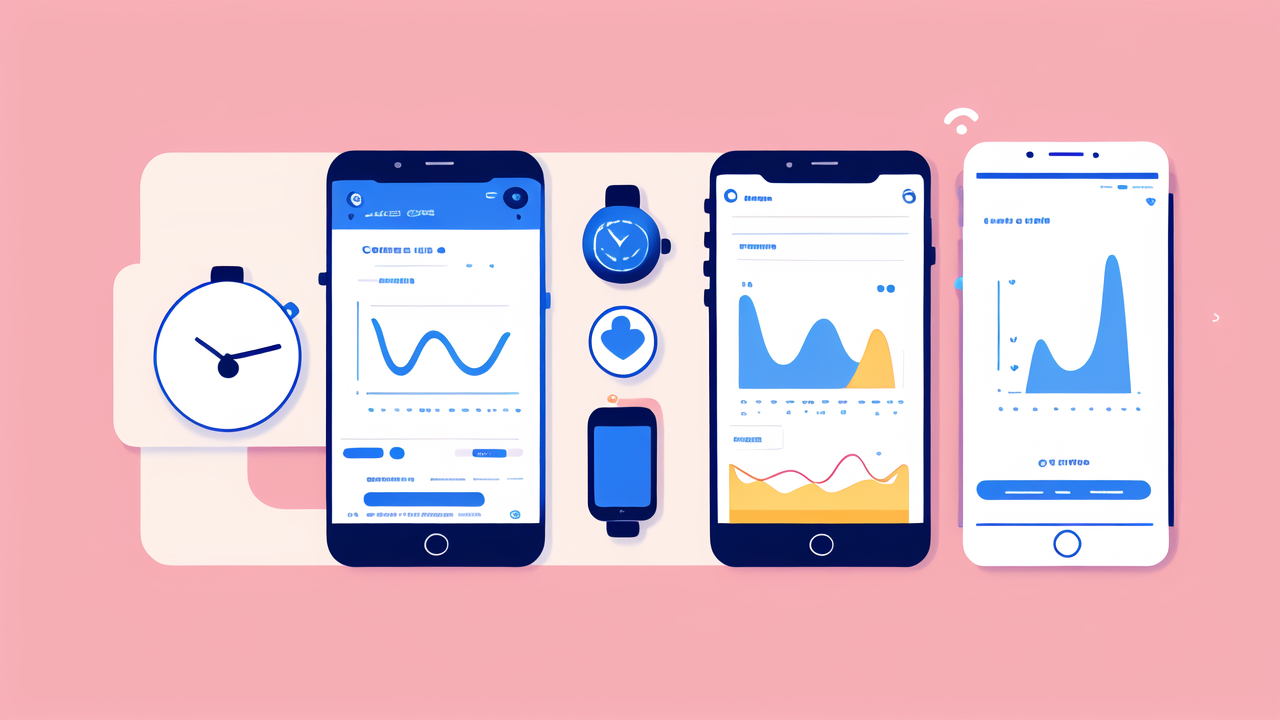Understanding the Pulse Watch: Features and Capabilities
The Evolution of Pulse Watches in Modern Fitness Regimes
Pulse watches have come a long way in the fitness world. They started as simple devices that only measured heart rate. Now, they're key tools for many fitness enthusiasts. These watches have evolved to track more than just pulse. They can monitor steps, calories burned, and even sleep patterns.

Modern pulse watches are sleek and comfortable. They're designed to be worn all day, every day. Many models are water-resistant, making them perfect for swimmers. The battery life has also improved greatly. Some pulse watches can last weeks on a single charge.
As technology advanced, so did the accuracy of these devices. Today's pulse watches use advanced sensors. These provide more precise readings than ever before. This evolution has made pulse watches a staple in fitness routines worldwide.
Key Features that Make Pulse Watches Stand Out
Pulse watches have unique features that set them apart. Here are some key points:
- Continuous heart rate monitoring
- Long battery life (often weeks)
- Water resistance for swimming
- Simple, focused interface
- Accurate calorie burn estimates
- Sleep tracking capabilities
- Lightweight and comfortable design
These watches excel at heart rate tracking. They often use optical sensors for constant monitoring. This allows users to see how their heart responds to different activities. The long battery life is a big plus. It means less charging and more time for workouts.
Many pulse watches are designed for swimmers. They can track laps and strokes in the pool. The simple interface is another standout feature. It's easy to read during intense workouts. This focus on core features makes pulse watches user-friendly.
The Technology Behind Pulse Watches
Pulse watches use advanced tech to track your heart rate. Most rely on optical sensors. These shine light into your skin and measure blood flow. This method is called photoplethysmography (PPG). It's accurate and works well during most activities.
Some high-end models use electrocardiogram (ECG) technology. This gives even more precise readings. It can detect irregular heartbeats and other issues. ECG tech is becoming more common in fitness watches.
The software in pulse watches is just as important as the hardware. It processes raw data into useful info. This includes estimating calories burned and tracking fitness trends. Many watches can sync with smartphones or computers. This allows for deeper analysis of your fitness data.
Comparing Pulse Watches with Smart Smart Watches
Differences in User Experience
Pulse watches and smart watches offer different experiences. Pulse watches are simpler. They focus on fitness tracking. Smart watches try to do more. They often include features like notifications and apps.

Pulse watches have simpler interfaces. This makes them easier to use during workouts. You can quickly check your heart rate or time. Smart watches have more complex screens. They can show more info, but this can be distracting.
Battery life is a big difference. Pulse watches often last weeks. Smart watches usually need charging every day or two. This means pulse watches are more reliable for long-term tracking.
Smart watches offer more connectivity. They can show texts and calls. Pulse watches focus on fitness data. This can be good or bad, depending on what you want.
Analyzing the Fitness Data from Pulse Watches vs. Smart Smart Watches
Both types of watches collect fitness data. But they handle it differently. Pulse watches focus on heart rate and basic metrics. They often provide more detailed heart rate data. This includes recovery time and heart rate zones.
Smart watches collect a wider range of data. They might track more activities. But their heart rate data may be less detailed. Smart watches often have GPS built-in. This allows for more accurate distance tracking.
Data presentation differs too. Pulse watches show key stats clearly. Smart watches can display more complex graphs and trends. Both types usually sync with smartphone apps. These apps offer deeper analysis of your fitness data.
The Role of Connectivity in Fitness Regimes
Connectivity plays a different role in each type of watch. Pulse watches often have limited connectivity. They focus on syncing fitness data. This can be done through Bluetooth or Wi-Fi.
Smart watches offer more connectivity options. They can receive notifications and run apps. Some even allow you to make calls. This can be useful for staying connected during workouts. But it can also be distracting.
For fitness, connectivity means easy data sharing. Both types can sync with fitness apps. This allows you to track progress over time. Some watches can connect to other devices. This includes heart rate straps or cycling computers.
Choosing the Right Watch for You: A Buyer's Guide
Assessing Your Fitness Goals and Lifestyle
Choosing between a pulse watch and a smart watch depends on your needs. Think about your fitness goals. Are you focused on heart rate training? A pulse watch might be best. Do you want all-around tracking? A smart watch could work better.

Consider your lifestyle too. If you're always on the go, a smart watch's extra features might help. But if you want to focus on fitness, a pulse watch has fewer distractions.
Think about battery life. If you don't want to charge often, a pulse watch is better. For swimmers, water resistance is key. Many pulse watches excel here. For runners, GPS might be important. This is where some smart watches shine.
The Importance of User-Friendly Interfaces in Fitness Watches
A user-friendly interface is crucial for any fitness watch. It should be easy to use while working out. Pulse watches often have simpler interfaces. This can be great for quick checks during exercise.
Smart watches offer more customization. You can often change watch faces and layouts. This flexibility can be nice, but it might be overwhelming for some. Consider how tech-savvy you are.
Look for clear, easy-to-read displays. This is important in bright sunlight or while moving. Button placement matters too. You should be able to control the watch easily while exercising.
After-Sales Support and Community Resources for Watch Users
Good after-sales support can make a big difference. Look for brands with strong customer service. This can help if you have issues or questions. Many watch companies offer online resources. These can include user manuals and troubleshooting guides.
Community resources are valuable too. Some brands have active user forums. Here, you can get tips from other users. You might find workout ideas or tech support. These communities can enhance your fitness journey.
Check for regular software updates. Good brands improve their watches over time. This can add new features or fix bugs. It shows the company cares about its products. Both pulse watches and smart watches can benefit from updates.




Leave a comment
This site is protected by hCaptcha and the hCaptcha Privacy Policy and Terms of Service apply.